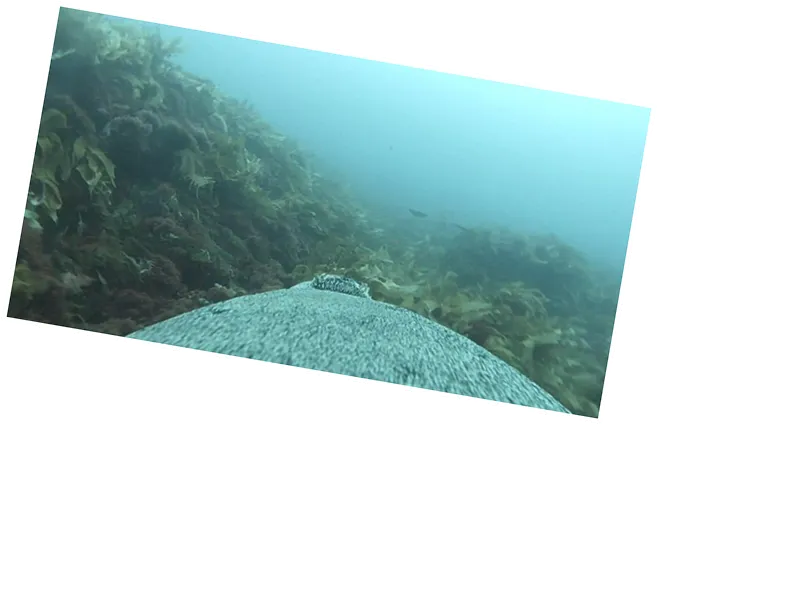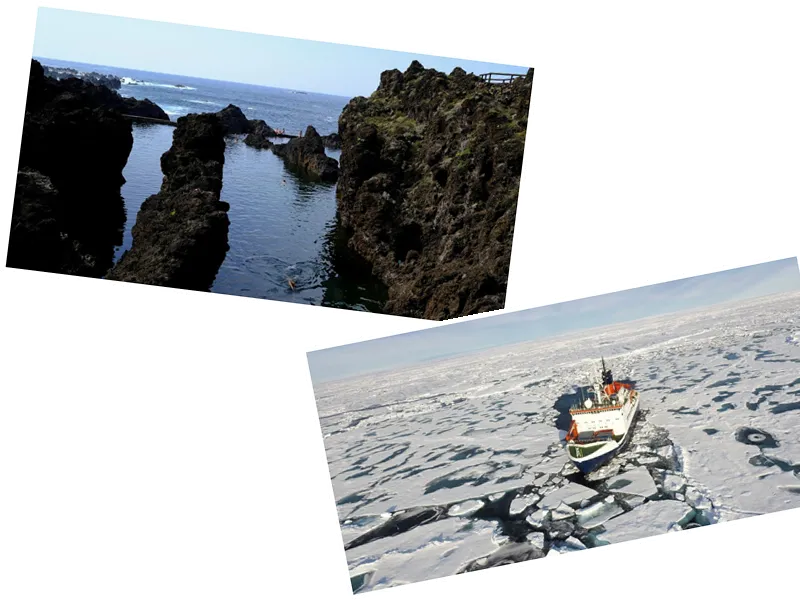The ocean depths remain largely unexplored, with scientists knowing more about space than the vast underwater realms close to home. This knowledge gap has prompted innovative approaches to marine research, such as a recent study involving Australian sea lions. These remarkable animals can dive to depths between 135 and 272 meters, making them ideal candidates for underwater exploration. A group of researchers from Australia has harnessed their natural abilities to gather vital information about marine habitats using animal-borne cameras.
The study, published in Frontiers in Marine Science, highlights the advantages of using sea lions for video surveys of the ocean floor. Unlike traditional methods, such as diver surveys or tow-and-drop cameras, sea lions can cover large areas quickly and at a lower cost. The video footage collected provides insights into the ecological importance of various benthic habitats from a predator's viewpoint, enhancing our understanding of marine ecosystems.
Through the analysis of approximately 89 hours of video data, researchers identified six critical habitats spanning 5,000 square kilometers of seabed south of Australia. This groundbreaking research not only aids in locating endangered species but also reveals previously unknown organisms. The study involved eight female sea lions equipped with lightweight cameras, allowing them to move freely while documenting their underwater environment. The choice of female sea lions was strategic, as they naturally return to their young, ensuring the researchers could retrieve the data efficiently.
This innovative method of using animals for marine exploration presents a safe and cost-effective solution to studying areas that are otherwise challenging for humans and machines to access. As the presence of sea lions in southern and western Australia has declined by 60% over the last three decades, understanding their habitats is crucial for conservation efforts. This research marks a significant step forward in marine science, opening doors to new discoveries in our oceans.
- The use of animal-assisted technology in marine research is a growing field, with various species being explored for their unique capabilities. Sea lions, known for their agility and intelligence, are particularly suited for this type of work. Their natural diving abilities allow researchers to gather data from depths that are typically unreachable, providing a fresh perspective on marine life.
- In addition to the ecological insights gained from this study, the findings underscore the importance of conservation efforts for sea lions and their habitats. As human activities continue to impact marine environments, understanding the dynamics of these ecosystems becomes increasingly vital. The innovative approach of integrating animal behavior with technology not only enhances research capabilities but also fosters a deeper appreciation for the complex interactions within marine ecosystems.






